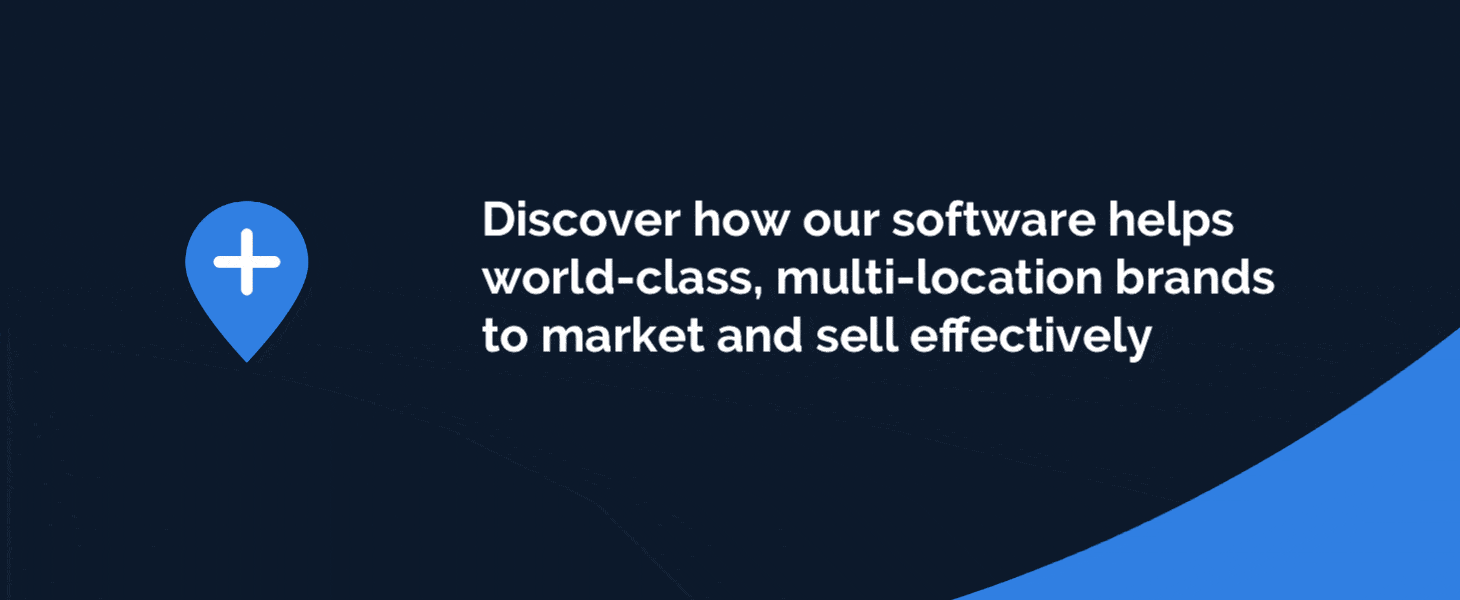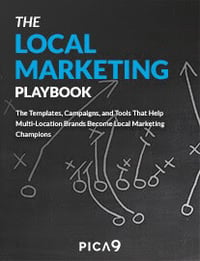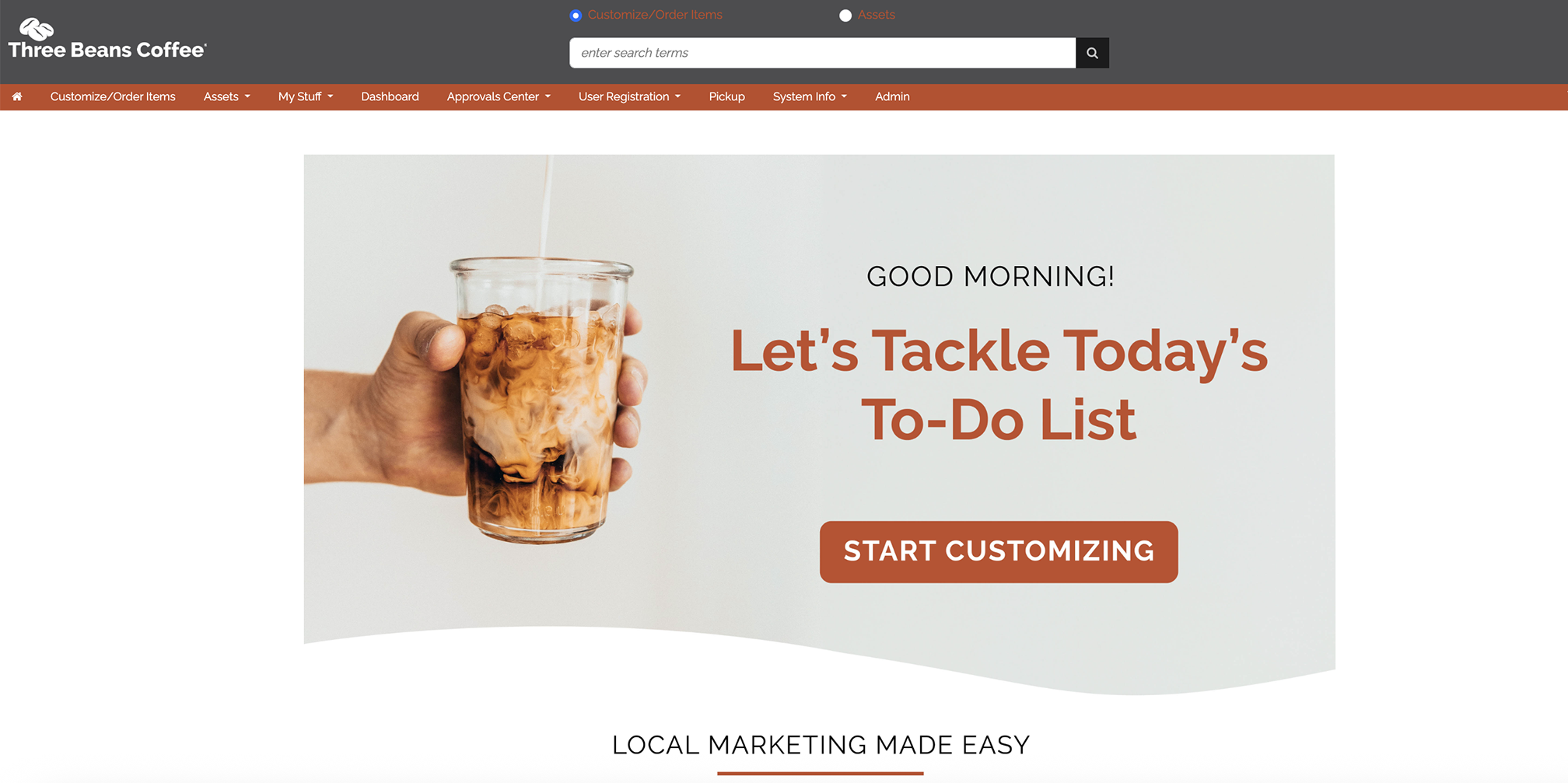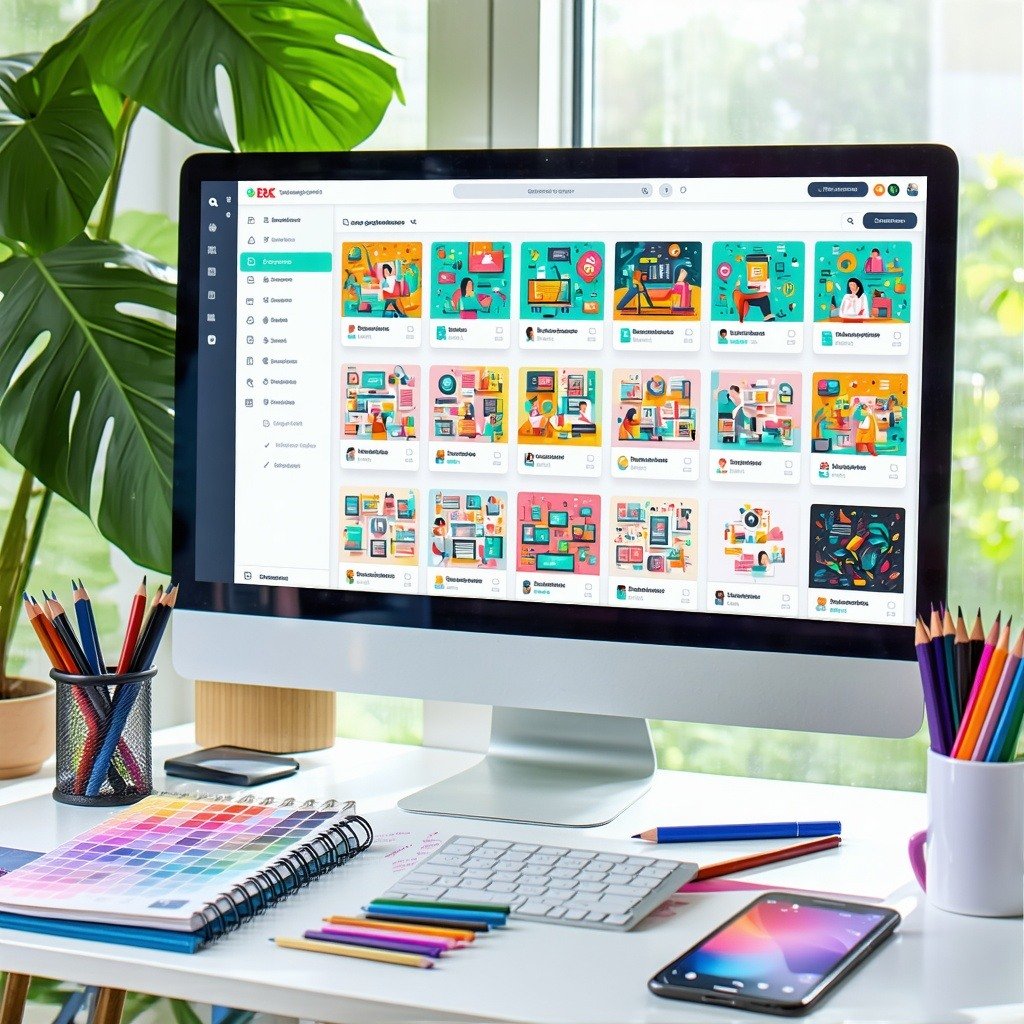Our post on barriers to brand-to-local success generated a lot of discussion in the CampaignDrive admin community. I heard from designers who talked about how their attitude toward templating has evolved, and has opened the door for new kinds of creativity. There was a comment from a veteran brand manager who said her local marketers are treating the brand with greater care and respect ever since they were given greater freedom within the brand-guidelines framework.
Generally speaking, it seems, customers who are working the brand-to-local problem in a disciplined and committed way are showing signs of real progress. Which makes me sound, with all my talk about barriers, like a bit of a “negative Nellie.”
So, it seems appropriate to flip the equation and talk here about signs that will tell you when you’re getting the brand-to-local formula just right. And if you hear a Goldilocks echo in that phrase, it’s intentional. Because in many ways, success in brand-to-local is all about finding the right balance—for your brand, for your local marketers, and of course for your customers.
1. Who’s Been Downloading My Brand Assets?
When I’m taking care of a CampaignDrive platform, I watch my usage reports like a hawk. That’s because usage never lies. It shows me whether the assets I’m providing are useful to my local marketers generally. And it shows me where I need to reach out, energetically, to help reluctant local marketers log in and truly embrace the brand.
Here’s a real world example of the first three months in the life of an actual CampaignDrive customer (anonymized, of course). Note that “Documents” are customized versions of templated designs; “Assets "are downloads/deployments of static brand assets; and “Adoption” indicates the percentage of the registered base that accessed the platform in each of the first three months.
The high numbers in month 1 are evidence of training sessions. The dip in month 2 is a sign that we’re moving from training mode into day-to-day operations. And the strong increase in month 3 is a sign that local marketers are beginning to turn to the system to solve their problems—shifting away from emails and one-off requests to the headquarters team.
In month 3, note how the user community is beginning to achieve a balance of static assets and customized documents. Also, notice that the number of transactions ( downloads and document generations) exceed the number of users by a ratio of almost two to one. Together, these data show a user community that’s activating the brand—and is doing so happily. In my view, that’s just the kind of adoption you want to see!
2. Templates That Aren’t Too Rigid, But Aren’t Too Flexible Either.
The second place I look for signs of success in a brand-to-local rollout is my approval center. Generally, I recommend turning on the approval loop for each new template in the first three months post launch, so that I can engage with the user community and learn from what they’re doing.
The metric I keep my eye on is the percentage of submitted documents that win approval on the first round—without any intervention from me as part of the headquarters team. Of course, the actual approval rate will vary with each piece of creative and with each user community. But in general, what I look for are rising approval rates over time, as this is a great sign that the local community is getting comfortable with the system—and, even more importantly, beginning to understand the boundaries of the brand.
Now, of course, there are many headquarters teams (and in-house agencies are a big part of this equation), who are eager to turn off approval loops entirely, so they can stay focused on larger more strategic tasks. I sympathize with that desire, of course. But t’s important to balance the need for efficiency with the local marketer’s need for support and insight. You may find that a little timely help, at the moment when a local marketer needs it the most, helps to convey a brand lesson that will pay dividends for years to come.
3. A Template First Mentality.
This is something that doesn’t show up right away. But when you’re creatives start thinking about how concepts and campaigns can be placed in the hands of the local markets right from the start—then you know that you’re getting brand to local done just right. You’re balancing creativity with the need for brand discipline; and efficiency with empathy for your local marketers.
How will you know that your team has developed a template-first mentality? Here’s one sign to look for with CampaignDrive: when a single “Master Template” has been used to create more than five “Campaign Templates”. When you reach that point, you’ll find that your designers are beginning to think about leveraging their work for different marketing purposes, and with different content sources. You’ll be well on your way to a more nimble approach to local marketing. And that, to quote Goldilocks one last time, is “just right indeed!”
Better Brand-to-Local Marketing Collaboration is Key
The relationship between a brand team and its local marketing partners (whether they’re franchisees, resellers, dealers, salespeople, or something else) is the single most important key to consistent, on-strategy activation of the brand. When executed properly, over time brand-to-local can enhance brand integrity and brand-equity, with corresponding impacts on revenues and enterprise value.
At the same time, a proper approach to brand-to-local execution will minimize distractions, delays and unnecessary creative production costs. In the cost-savings alone, most of our customers have located sufficient return to justify the investment in brand-to-local technology. But of course, the far greater impact is in the increased revenue generation that results from a stronger, more consistent, more trusted brand—and from the happier, more stable relationships with local marketers that evolve as a result.
So, if you’re one of the forward-thinking brands that has begun to take the brand-to-local challenge seriously, be sure to keep an eye out for the signs of success described above—and to share these results with leadership. You’ll find that early success helps to build momentum that can turn your brand-to-local operation from an after thought into a source of lasting competitive advantage.
Want to learn more about brand-to-local marketing? Check out our Brand-to-Local Marketing Reading List to find related reports and articles.







